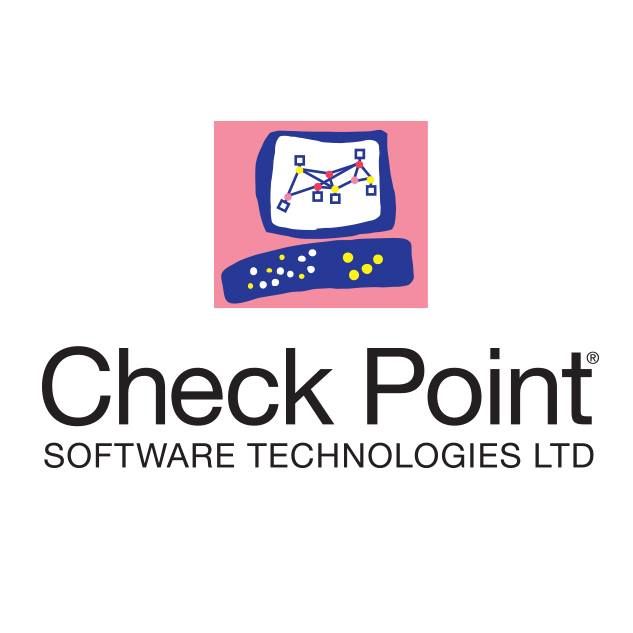Understanding the Solarwinds Sunburst Breach and the Severity of Supply Chain Attacks
by
November 17th, 2021
Audio Presented by

Welcome to the Future of Cyber Security. Providing solutions across all vectors to prevent 5th generation cyber attacks.
About Author
Welcome to the Future of Cyber Security. Providing solutions across all vectors to prevent 5th generation cyber attacks.